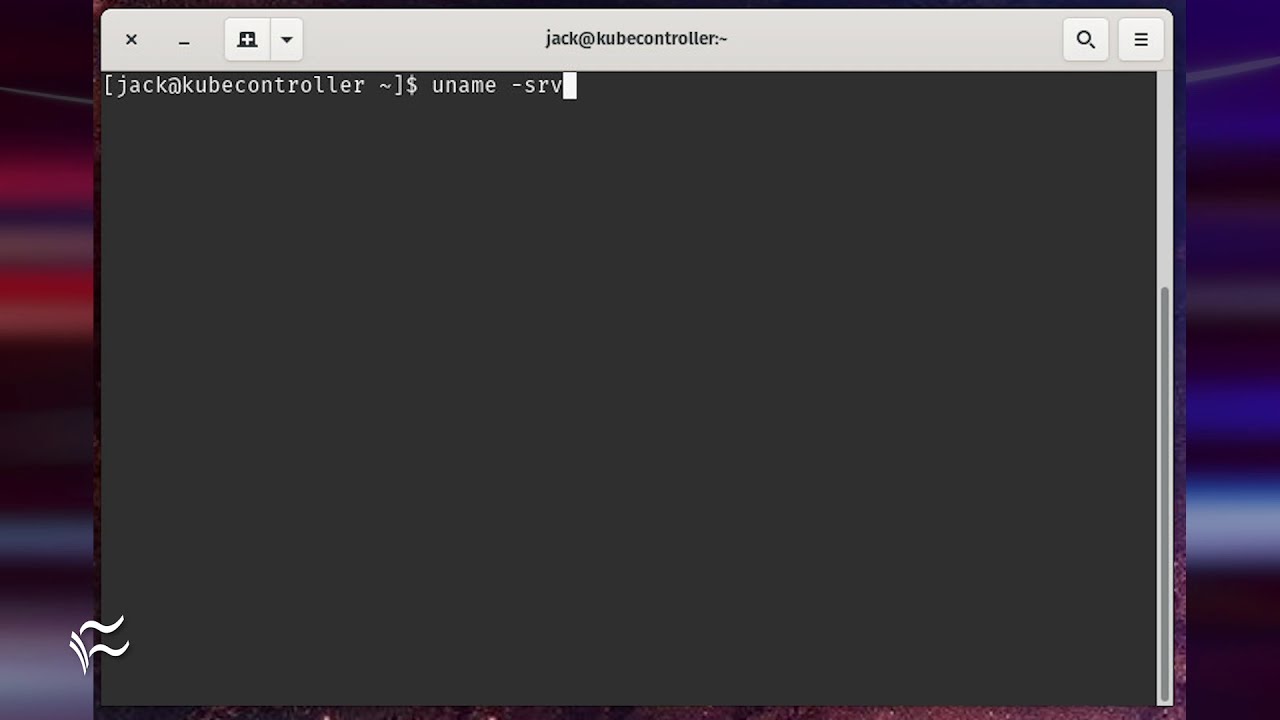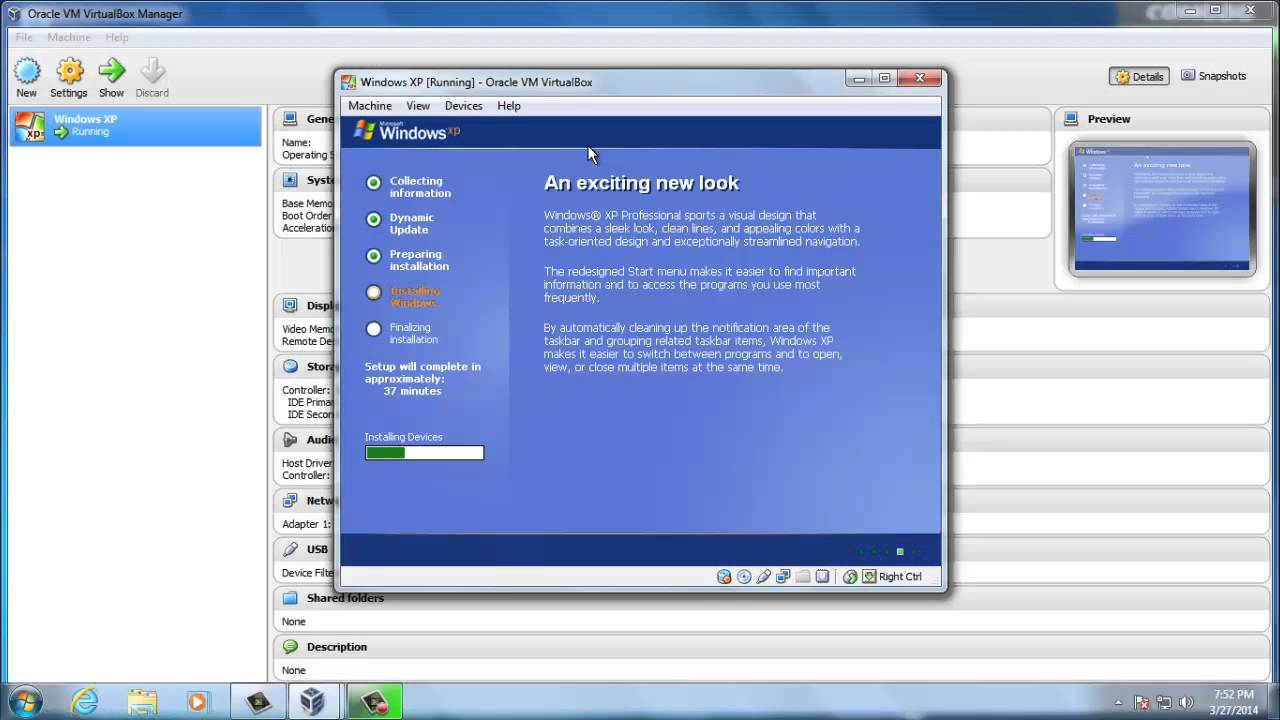
- HOW TO EMULATE LINUX KERNEL HOW TO
- HOW TO EMULATE LINUX KERNEL SERIAL
- HOW TO EMULATE LINUX KERNEL ARCHIVE
- HOW TO EMULATE LINUX KERNEL FULL
See Linux Man Page - cpio(1) (opens new window) for more details. The example source code of init.c is as follows :Įcho init | cpio -ov -format =newc > initramfs.img ext4) on the image to let the kernel boot. Otherwise, we have to construct a file system (e.g. Notice that the name of that executable file must be init. It will be executed first when the kernel boots.
HOW TO EMULATE LINUX KERNEL HOW TO
This section will tell you how to generate a minimal initramfs, which is almost empty, only containing a hello-world executable file.Īt this moment, we want to construct an image which contains exactly one executable file init. We will use the external way in this chapter considering the flexibility.įor more details about initramfs, see Appendix : ramfs, rootfs and initramfs. Internal : linked into the kernel image binary.Įxternal : passed from outside at runtime. Initramfs could be used in one of the following two ways : This makes it one of the best choices for beginners trying to build and run the linux kernel themselves. However, at the same time, initramfs itself is really an easy way to directly boot the kernel. In practice, initramfs is often used to perform some complex initialization operations in the user level (e.g. cpio is a GNU tool used to copy files to and from archives.It could also be compressed with one of several compression algorithms (e.g.
HOW TO EMULATE LINUX KERNEL ARCHIVE
By default, the initramfs archive is empty (consuming 134 bytes on x86). In brief, initramfs is a (compressed) cpio format archive which is extracted when the kernel boots up. Since this article is a quick-start for beginners, we omit most of technical details here. When you come to this chapter, you must have several questions in your mind such as "what is initramfs ?", etc. # Boot the Kernel with initramfs # What is initramfs ? Now we can run make and get the minimal kernel image we want : Provide GDB scripts for kernel debugging
HOW TO EMULATE LINUX KERNEL SERIAL
Console on 8250/16550 and compatible serial portĬompile-time checks and compiler options -> 8250/16550 and compatible serial support

Kernel support for scripts starting with #! Initial RAM filesystem and RAM disk (initramfs/initrd) supportĬonfigure standard kernel features (expert users) -> Required and highly-recommanded options are listed below : Then in another terminal, start a gdb client: arm-none-eabi-gdb firmware.Notice : For below-mentioned options, their name and position in menuconfig GUI (5.15.57) is given, which might be different in other versions of kernel. In one terminal, you start the emulation, freezing the CPU at startup with the -S flag: qemu-system-arm -cpu cortex-m3 -machine netduino2 -gdb tcp::3333 -S -nographic -kernel firmware.bin
HOW TO EMULATE LINUX KERNEL FULL
Taking the next step, assuming you want to debug using gdb, a more full example would go as follows. Here's a relevant page in the qemu docs for more info: Boot your firmware on that machine with: qemu-system-arm -M netduino2 -kernel firmware.bin I believe the closest option to the NXP chip you're asking about would be the STM32F2 in the netduino2 machine. Stm32vldiscovery ST STM32VLDISCOVERY (Cortex-M3) Mps2-an511 ARM MPS2 with AN511 DesignStart FPGA image for Cortex-M3 Mps2-an385 ARM MPS2 with AN385 FPGA image for Cortex-M3 Lm3s811evb Stellaris LM3S811EVB (Cortex-M3) Lm3s6965evb Stellaris LM3S6965EVB (Cortex-M3) You can fiilter that to only Cortex-M3 machines like this, with the current output: % qemu-system-arm -machine help | grep Cortex-M3 | grep -v Cortex-M33

Adding the -machine help arguments currently outputs a list of 111 supported machines. You would use the qemu-system-arm command.


 0 kommentar(er)
0 kommentar(er)
